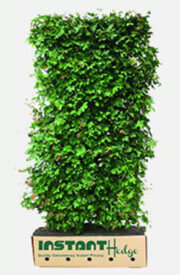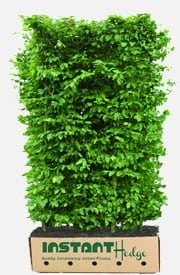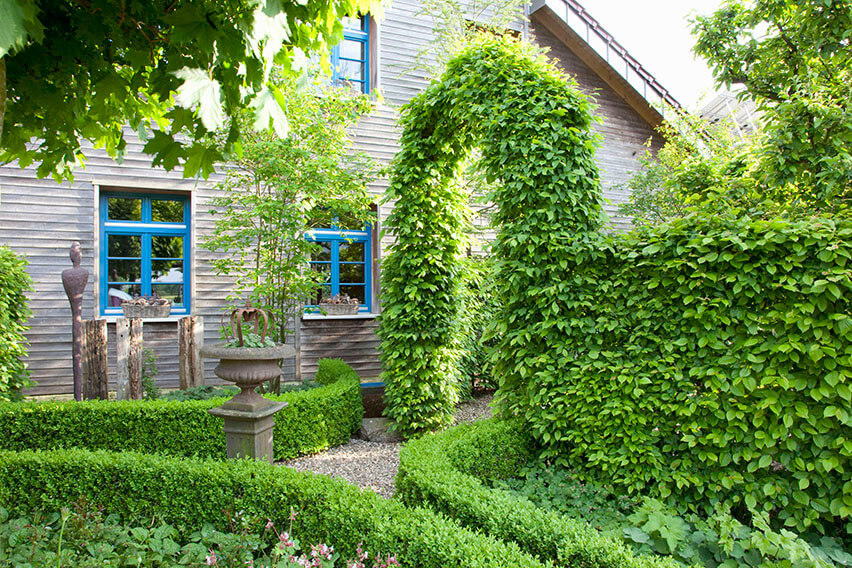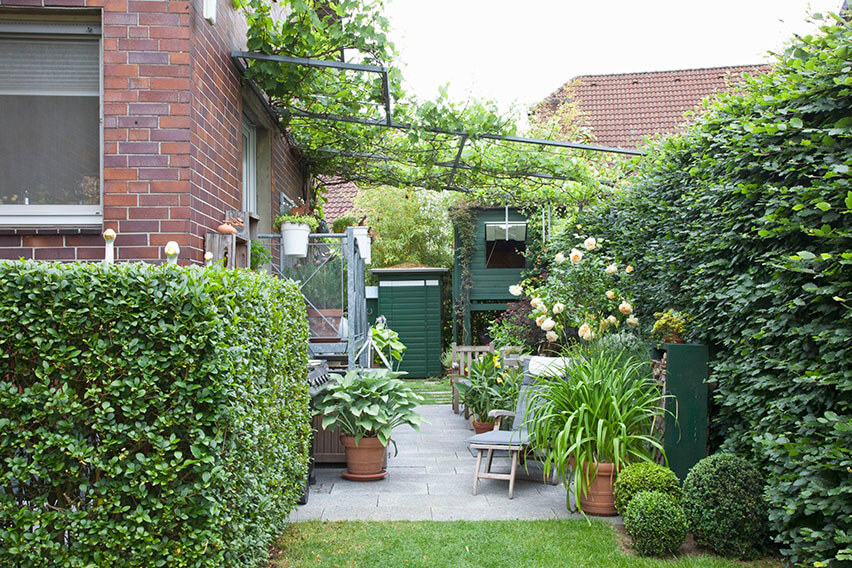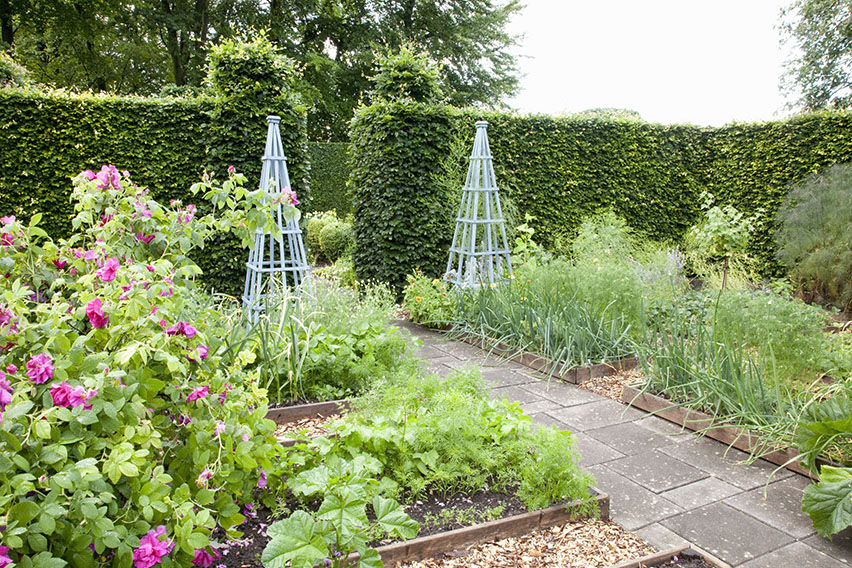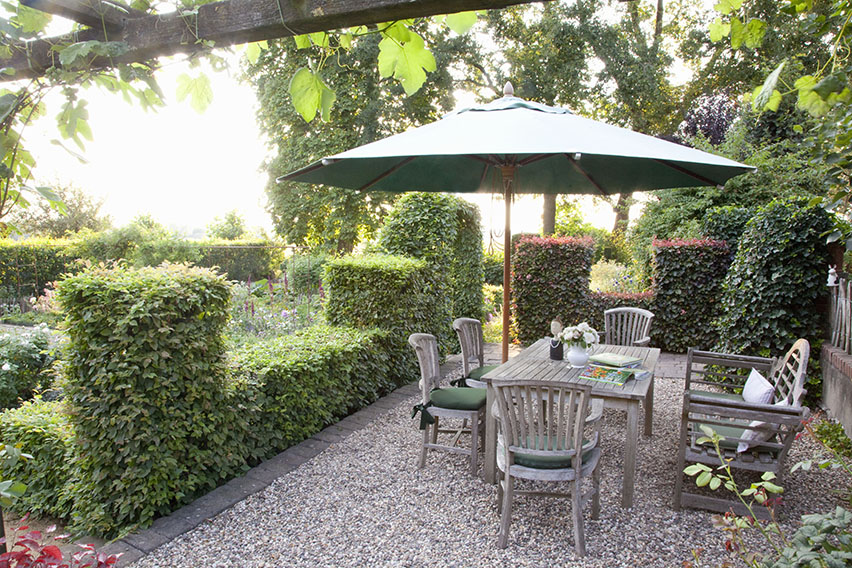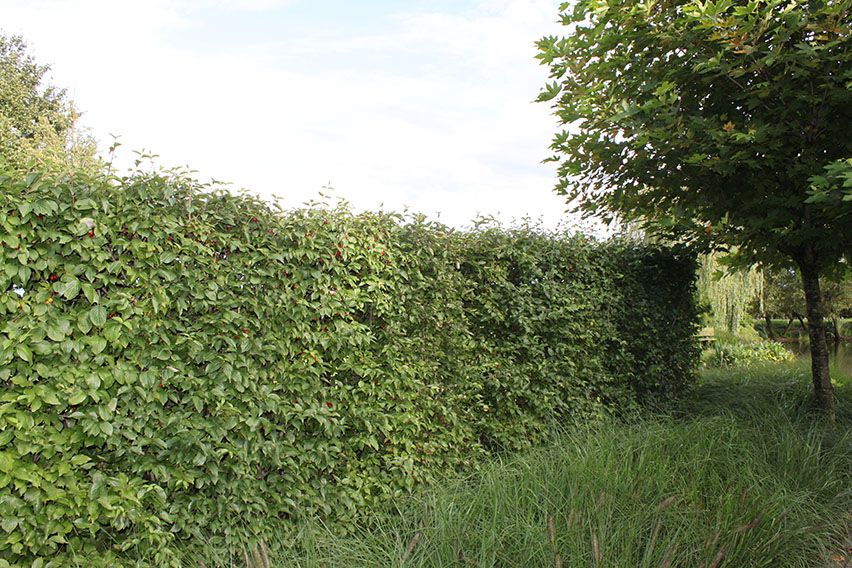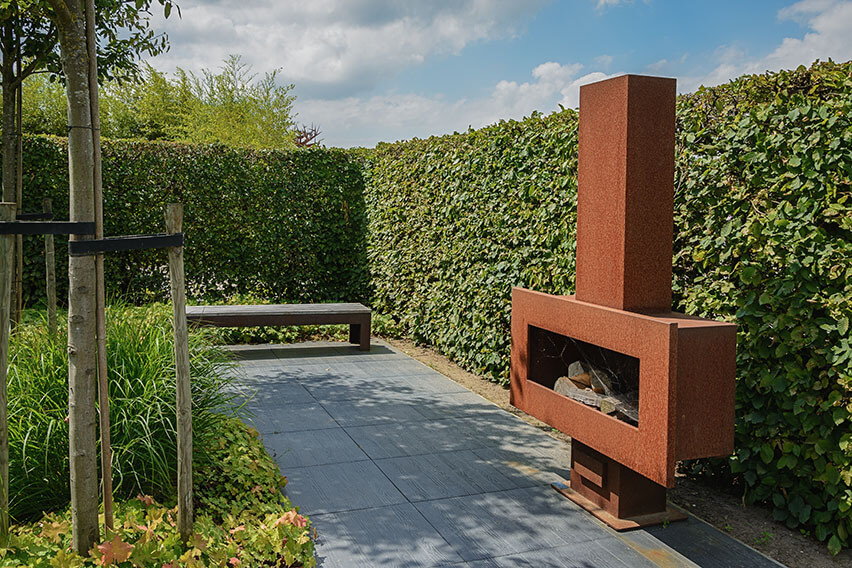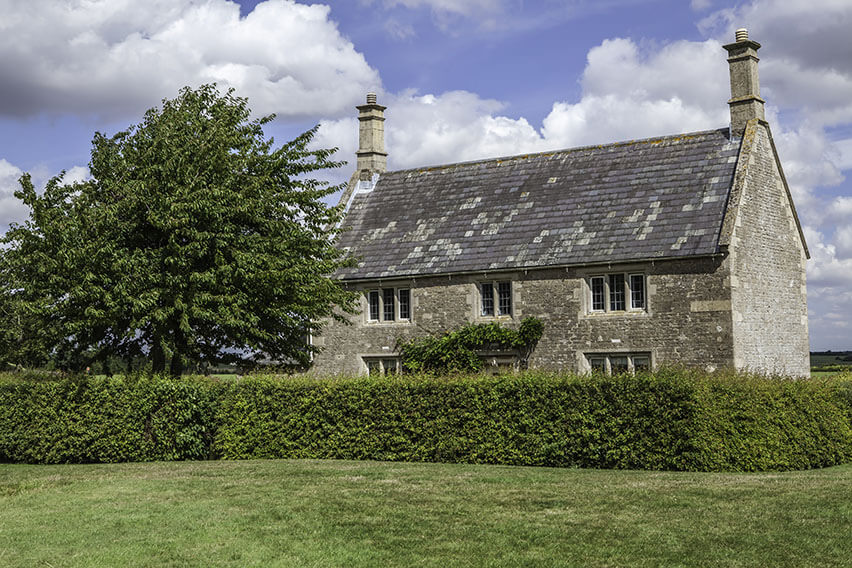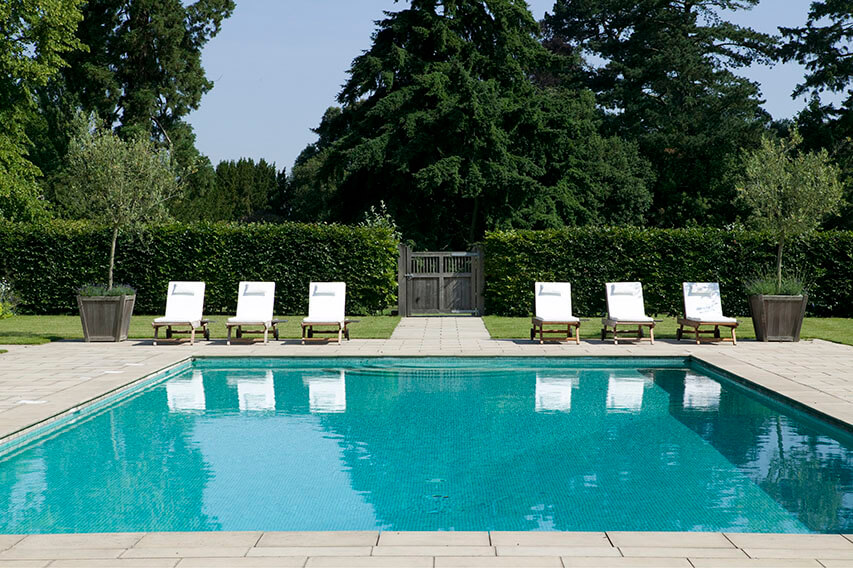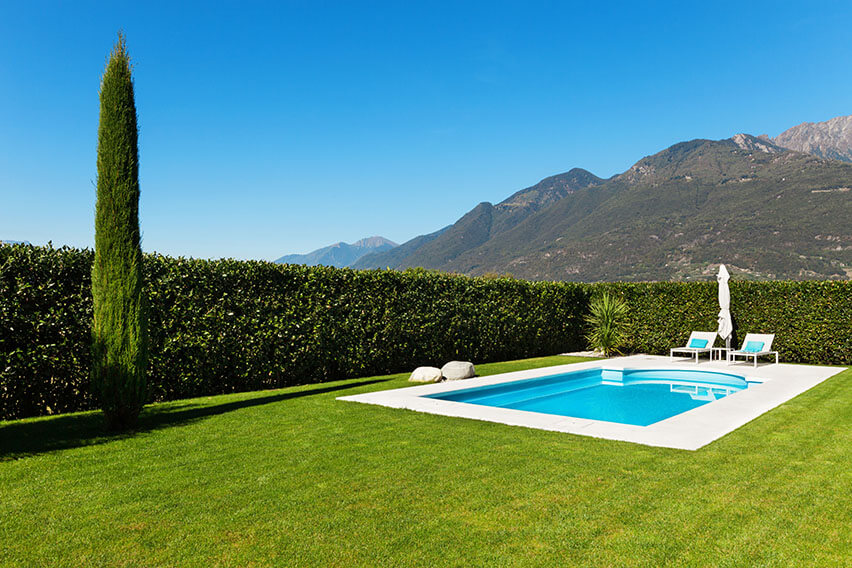Living privacy screens have had a recent surge in popularity, although they have been in use for thousands of years! They can be in hedge form or individual screening plants, but the main purpose is to provide privacy in the summer and light in the winter.
Here we will list the best screening plants to use for living privacy screens, along with detailed information about each of them.
SCREENING VS. PRIVACY HEDGING
Screening and hedging are very similar concepts, with one notable difference: privacy hedges are dense, evergreen, and you cannot see through them, while screening plants provide privacy in summer and allow light through in the winter. This could be from dropping their leaves or from being spaced further apart at planting. Looking for the best privacy hedges?
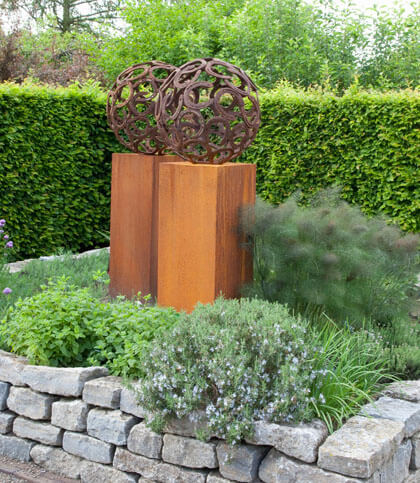
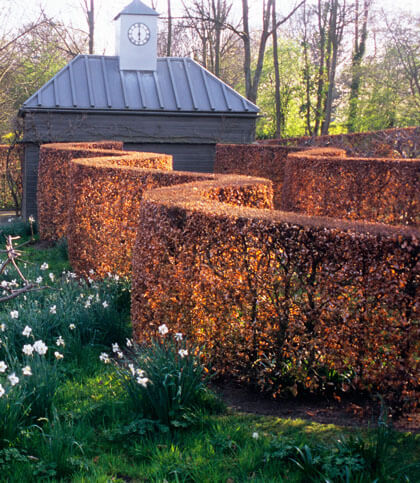
EXAMPLE OF A PRIVACY SCREEN
Deciduous European Beech provides privacy in summer yet allows light through in winter.
WHEN TO USE A SCREEN?
Privacy screen trees are best planted in areas where privacy is desired during summer months but would suffer from lack of light in the winter if a privacy hedge was used.
A great example would be a typical suburban backyard space: heavily used in the warmer months for outdoor entertaining, perhaps with a swimming pool, making privacy and noise-blocking a must. In northern climates especially, where daylight hours in winter are scarce, getting as much light into the house as possible is vital during the colder months. Having a tall screening plants as a deciduous trees or shrubs is the perfect solution! It provides a lush, leafy backdrop for outdoor activities, giving privacy and reducing noise. When the leaves fall in winter, precious winter sunlight filters through beautifully. You can plant an instant screen using InstantHedge, or plant a conventional screen using individual trees or shrubs. You can compare InstantHedge vs. Conventional hedges here.
4 BEST SCREENING TREES
Although you could install large, evergreen screening plants by planting them further apart originally, planting a deciduous hedge is our favorite method. This provides full privacy in the summer, while far-spaced evergreens will not. These are our favorite garden screening plants:
FLAME AMUR MAPLE
Acer Ginnala ‘Flame’
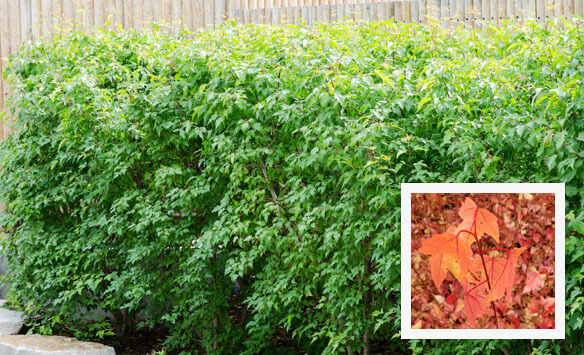

Flame Amur Maple (Acer ginnala ‘Flame’) is one of the best screening trees and has outstanding fall color in fiery reds, oranges, and yellows. It is very cold-hardy (down to -40ºF!), making especially well-suited to the Northern US. It can easily be grown as a screen thanks to its multi-stemmed natural habit and can be maintained by pruning once per year. Amur maple is one of the fast growing screening plants. It thrives in full sun to part shade, and it is quite drought-tolerant once established. Learn more about Flame Amur Maple hedges here.
-
NAME Acer ginnala ‘Flame’ (Flame Amur Maple)
-
EVERGREEN/DECIDUOUS Deciduous (Fiery fall color)
-
HARDINESS ZONE Zones 3-8
-
GROWTH RATE Fast (Up to 2 feet per year)
-
GROWTH HABIT Multi-Stemmed
-
LIGHT REQUIREMENTS Sun to Part Shade
-
DEER/PESTS Deer
-
MAINTENANCE Prune 1 time per year
EUROPEAN BEECH
Fagus Sylvatica
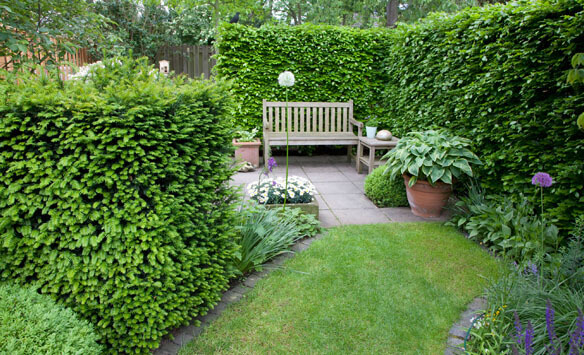
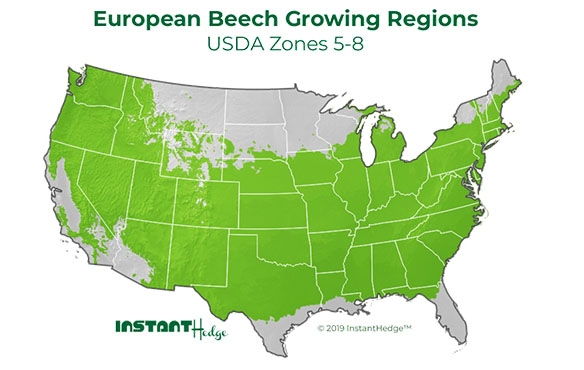
Beech hedging (Fagus Sylvatica) is extremely popular in Europe, and American gardens with a European style just aren’t complete without a beech hedge. Although deciduous, beech will hold their leaves through much of the winter months, adding a copper-colored texture to the winter landscape. They are low maintenance screening plants but will grow to a large size if desired. Dense branching provides optimum privacy in the summer. There are varieties with dark burgundy to purple foliage that are particularly stunning. Learn more about European Beech hedges.
-
NAME Fagus sylvatica (European Beech)
-
EVERGREEN/DECIDUOUS Deciduous (copper leaves persist)
-
HARDINESS ZONE Zones 5-8
-
GROWTH RATE Moderate (‘<1-2’ feet per year)
-
GROWTH HABIT Heavily-branched
-
LIGHT REQUIREMENTS Sun to Part Shade
-
DEER/PESTS None
-
MAINTENANCE Prune 1 time per year
EUROPEAN HORNBEAM
Carpinus Betulus
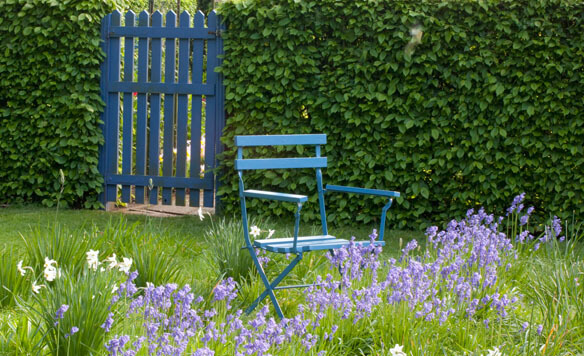
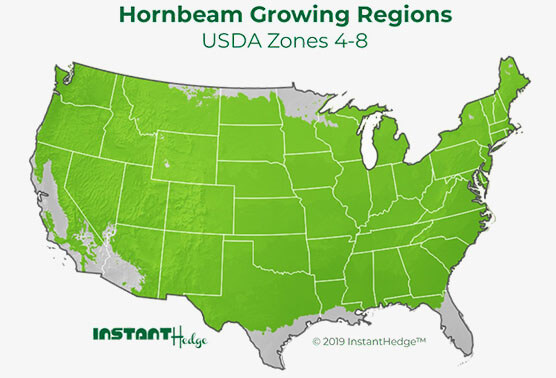
Hornbeam (Carpinus Betulus) is a very popular choice for screening and hedging. A natural screening plant with yellow fall color, Carpinus holds its brown leaves through much of the winter to provide extra privacy. It is easy to grow and has wonderful resistance to many pests and diseases. You can learn more about Hornbeam hedges here.
-
NAME Carpinus betulus (European Hornbeam)
-
EVERGREEN/DECIDUOUS Deciduous (copper leaves persist)
-
HARDINESS ZONE Zones 4-8
-
GROWTH RATE Moderate (‘< 1-2’ feet per year)
-
GROWTH HABIT Heavily-branched, pyramidal
-
LIGHT REQUIREMENTS Sun to Part Shade
-
DEER/PESTS None
-
MAINTENANCE Prune 1 time per year
ROYAL STAR MAGNOLIA
Magnolia Stellata ‘Royal Star’
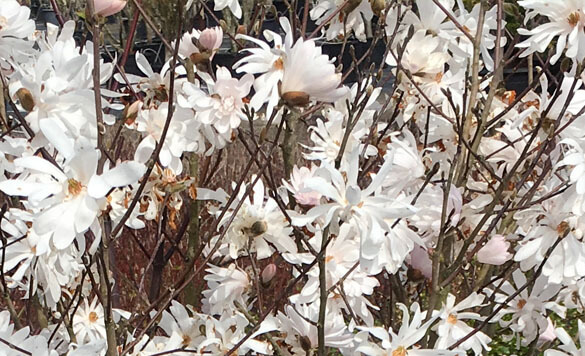
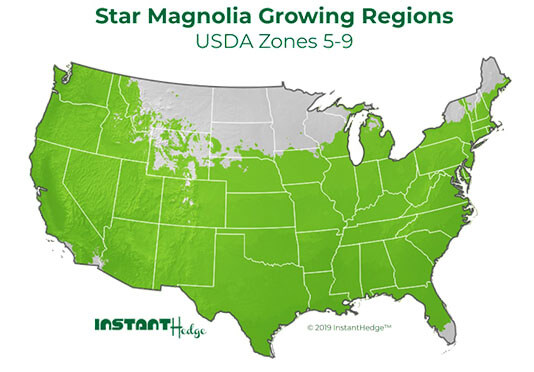
Royal Star Magnolia is a beautiful choice for those looking for a truly stunning and unique privacy screen! This magnolia is covered in fragrant, large, white flowers in late winter to early spring, followed by vibrant green foliage through the summer. This screening plant is a compact grower, so it requires very little pruning. Prefers moist soil and full sun. Deer resistant. You can learn more about Royal Star Magnolia hedges here.
-
NAME Magnolia stellata ‘Royal Star’ (Royal Star Magnolia)
-
EVERGREEN/DECIDUOUS Deciduous
-
HARDINESS ZONE Zones 5-9
-
GROWTH RATE Moderate (‘1-2’ feet per year)
-
GROWTH HABIT Heavily-branched, pyramidal
-
LIGHT REQUIREMENTS Full Sun
-
DEER/PESTS None
-
MAINTENANCE Prune 1 time per year or as needed
Interested in purchasing?
For retail customers, find pricing and purchase online here.
For green industry professionals, please fill out our quote request form.
